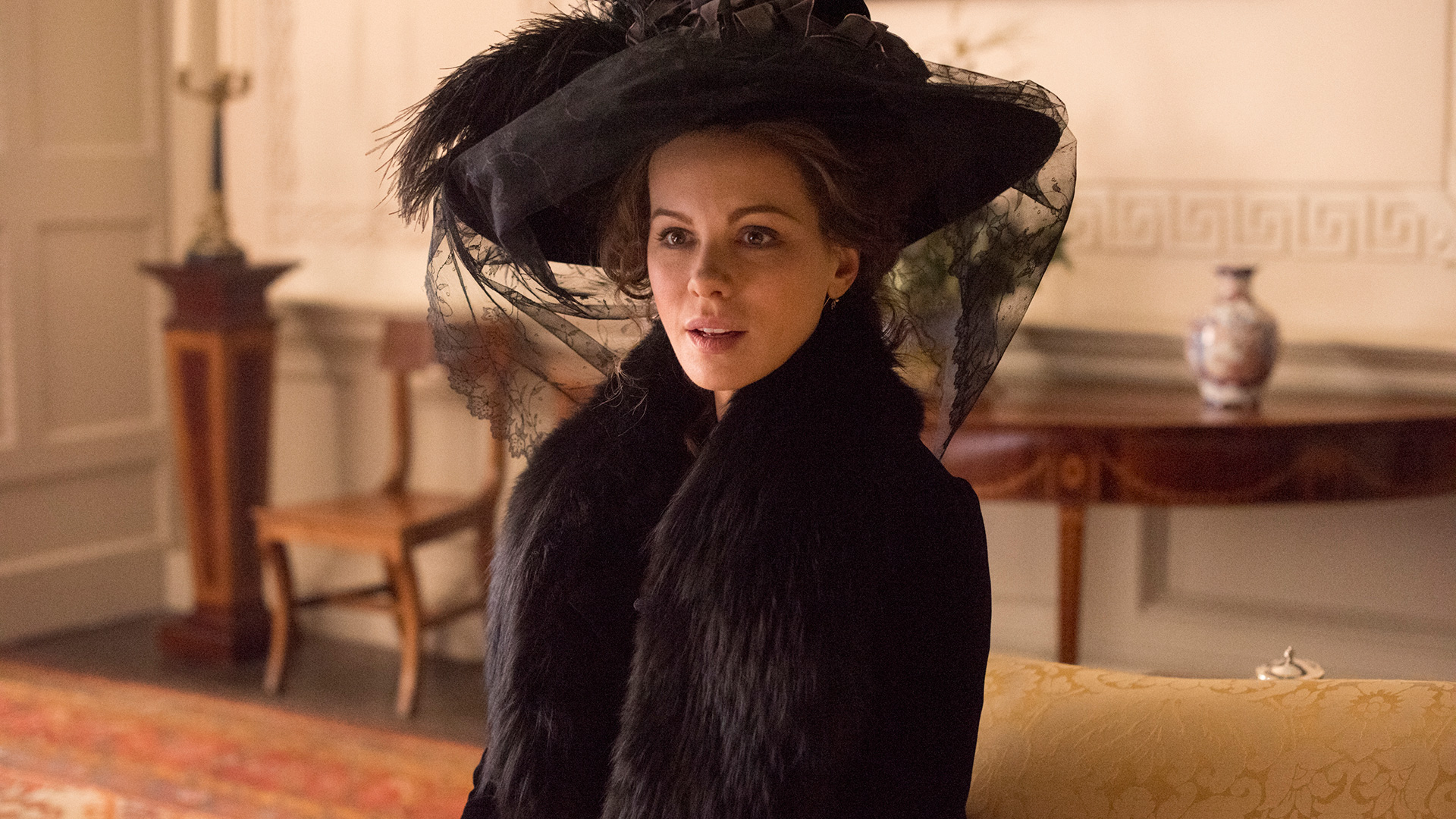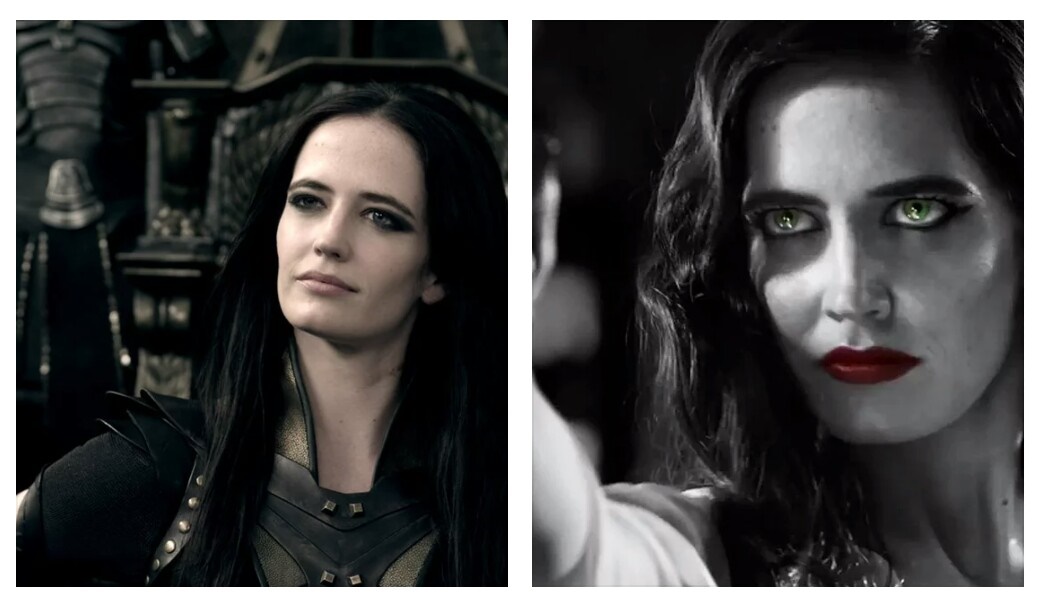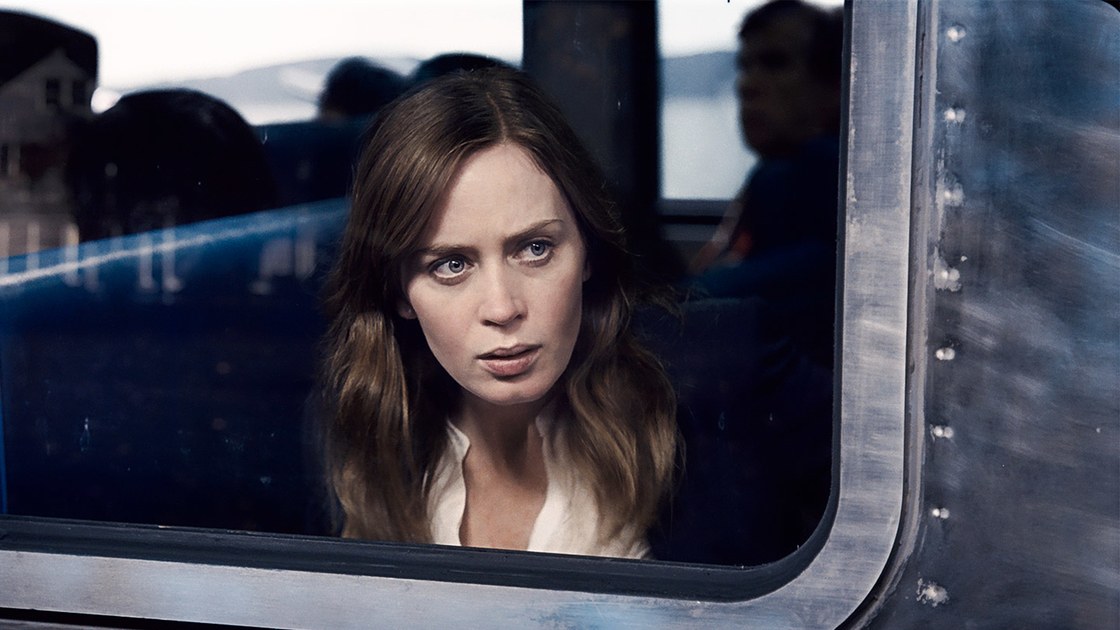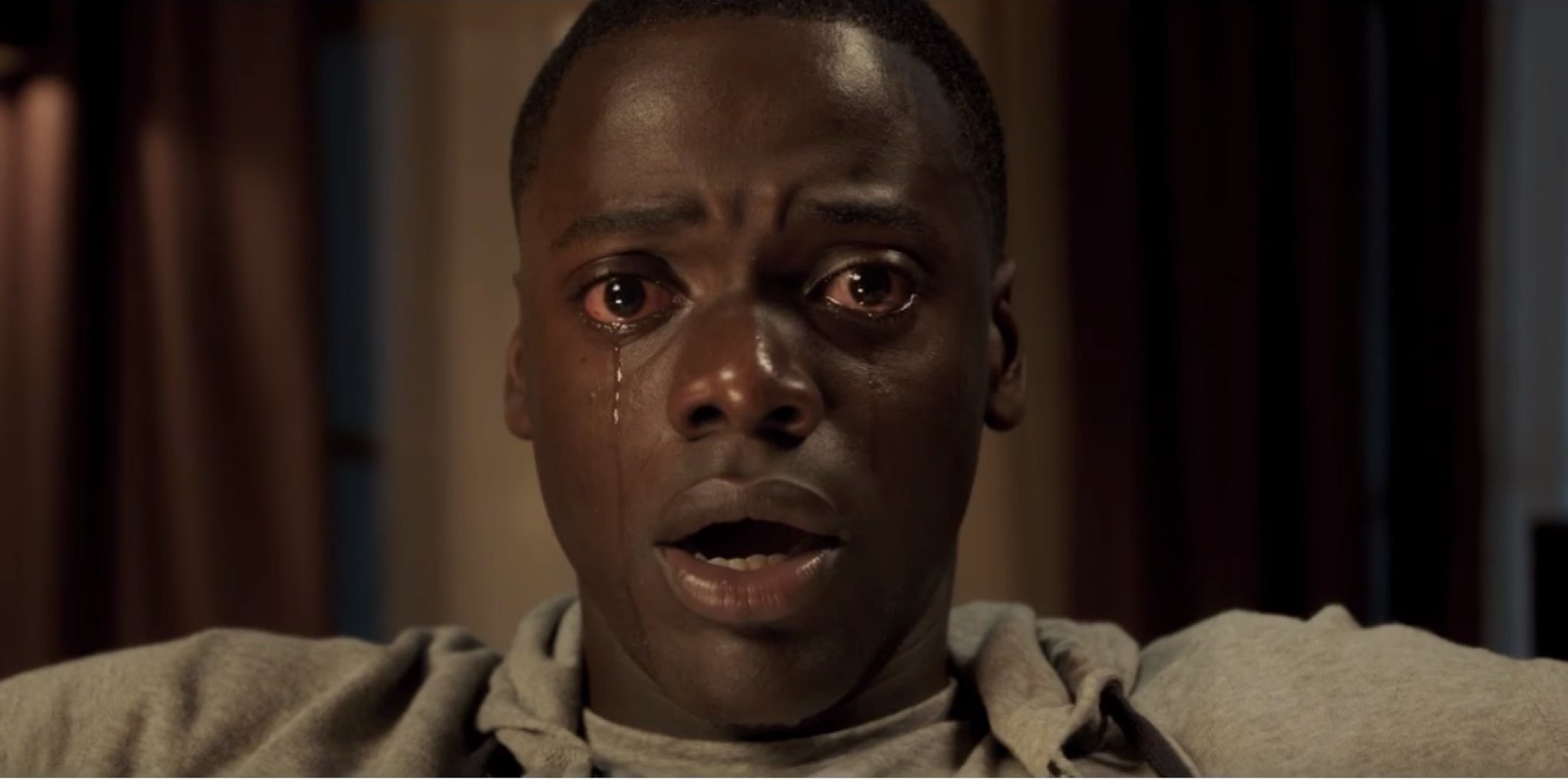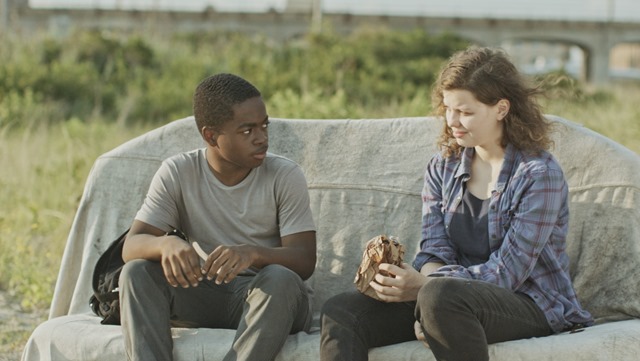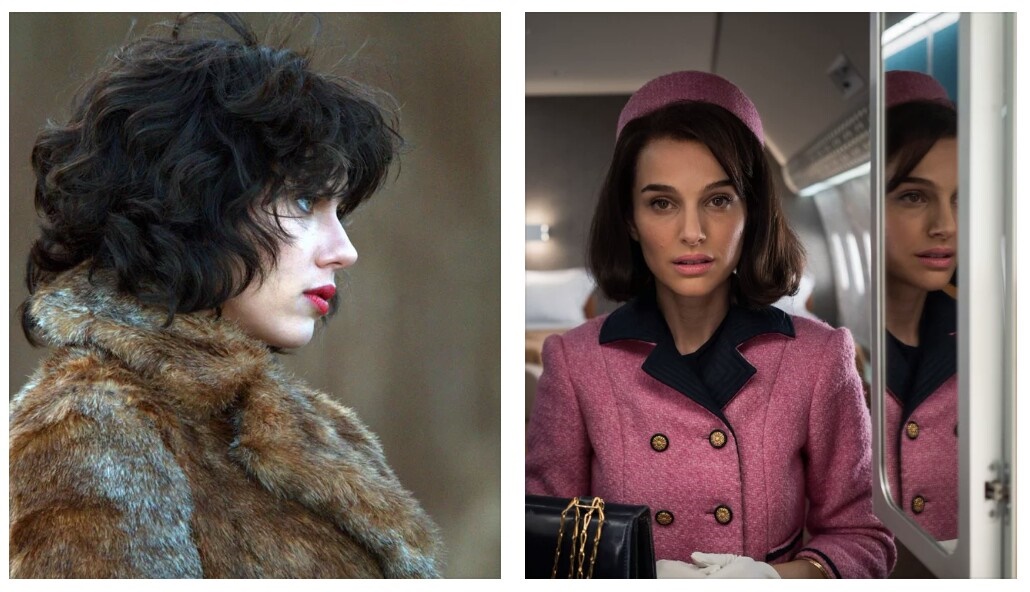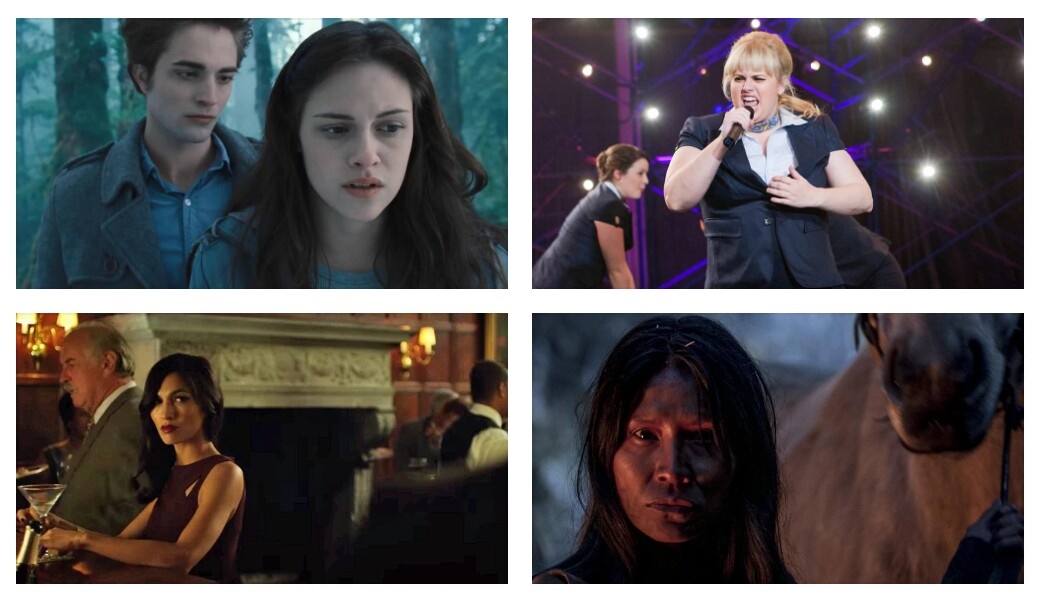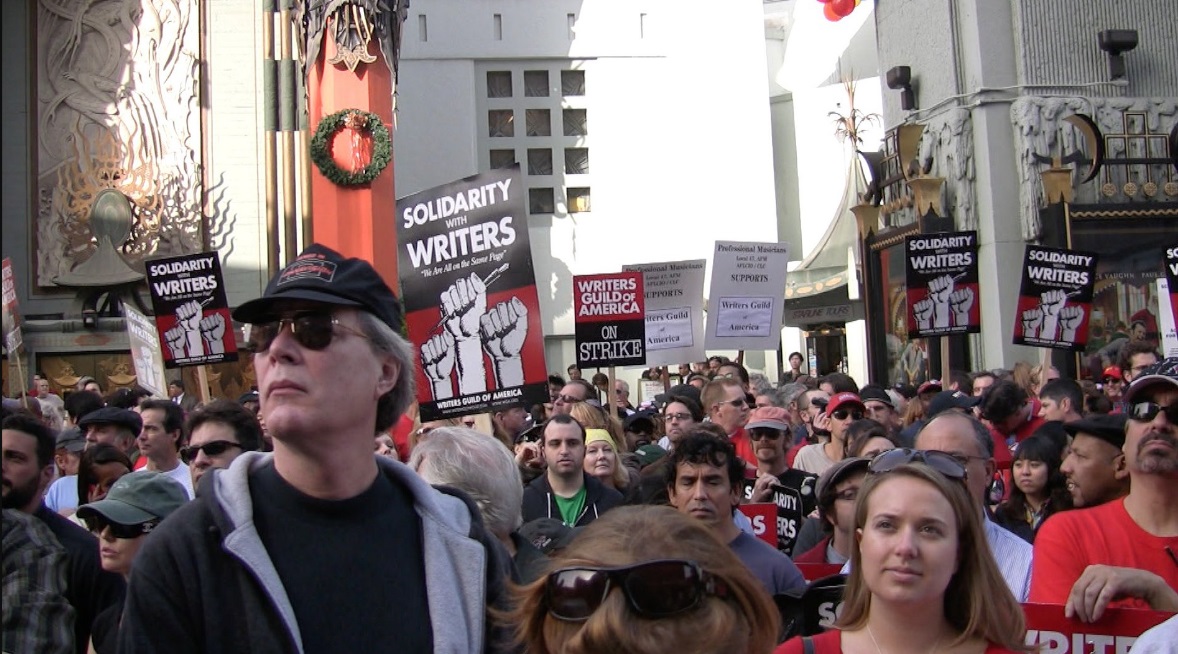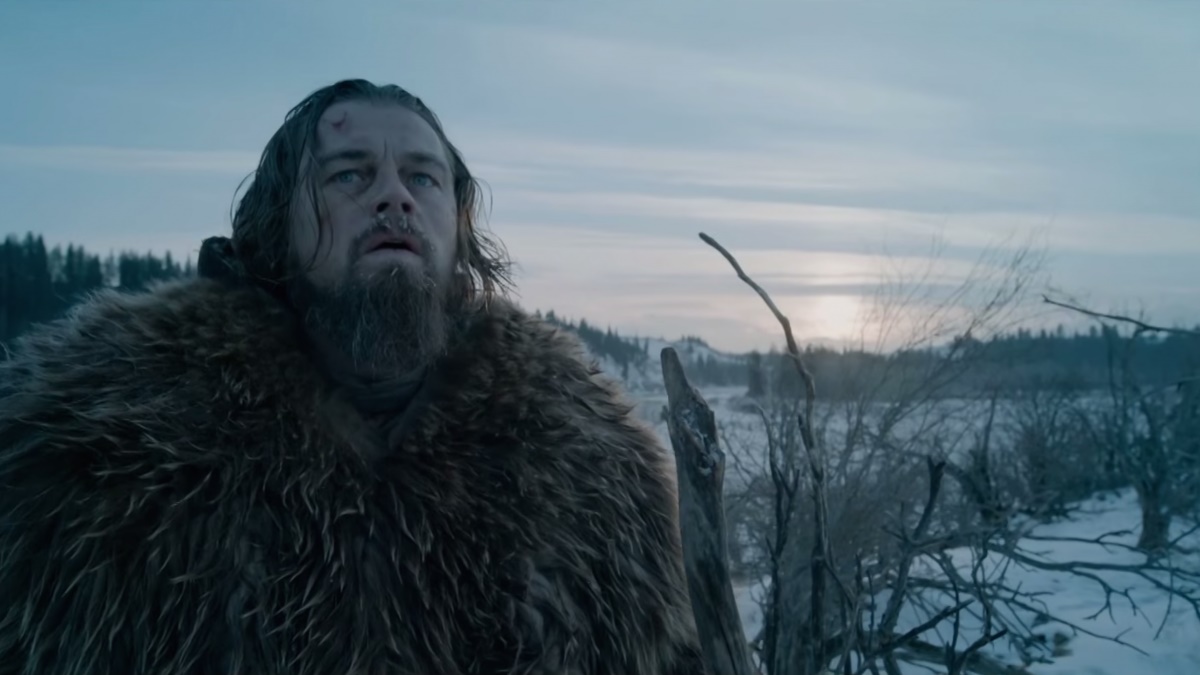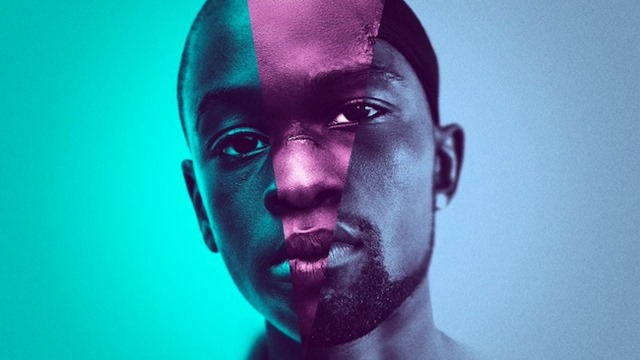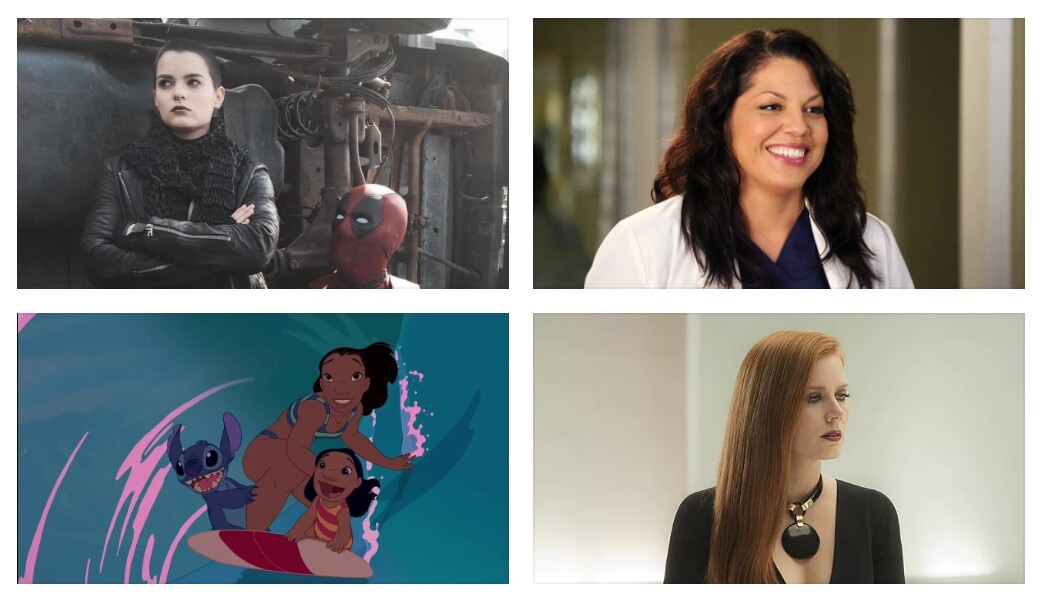
Unpopular Opinions in Film: A Critical Re-Examination of Twilight by Angela Morrison
My intent is not to claim that ‘Twilight’ is a perfect movie, but rather, I want to argue that it has more virtues than it is given credit for, and to point out that its dismissal is frequently based on pervasive sexist attitudes. I am not speaking for the other films in the series — all directed by men — but rather, the first film, which was written and directed by women (Melissa Rosenberg and Catherine Hardwicke, respectively), based on a novel written by a woman. There are many valid reasons why one may not enjoy ‘Twilight,’ but it is important to recognize that it is unfair and sexist to dismiss the film and its fans based on the fact that it is a romance told from a female perspective.
The Villainization of Claire Underwood on House of Cards by Abby Norman
Much of what makes besmirching Claire Underwood villainous is also what I can’t help but find admirable about her — and at first, this made me question myself. Do I have sociopathic tendencies? Am I, at my core, a heartless, ruthless shrew? But then I thought, perhaps, it could be possible that we’ve vilified every aspect of Claire Underwood because our culture is inherently threatened by her. She’s the personification of what a patriarchal society is most fearful of, so, in characterizing her firstly as this strong, successful, indurated woman she must also, therefore, be a remorseless murderer too. Because God forbid she’s a career-climbing, child-free, influential, and tenacious woman without also being an unambiguously horrible person…
Claire Underwood has to be a villain because we aren’t ready for a world where she’s a heroine.
The Ironically Iconic Wonder Woman by Brigit McCone
With D.C. superheroine Wonder Woman recently named UN honorary Ambassador for the Empowerment of Women and Girls and her forthcoming feature film building hype, her profile could hardly be higher as a feminist symbol. Yet Wonder Woman, who the U.N. hopes will focus attention on women’s “participation and leadership,” is an image entirely created by men. She represents, ironically enough, male domination of the struggle against male domination.
… Far from a step forward, Wonder Woman is worse than more simply offensive chauvinism, because it insidiously exploits the female audience’s desire to identify with Wonder Woman’s empowerment. … [The TV series pushes] female viewers into aspiring to a failed model of womanhood, one characterized by its hostility to other women, its punishing perfectionism, its sexual passivity and its self-sacrificing submission.
Does Pitch Perfect’s Fat Amy Deserve to Be a Fat Positivity Mascot? by Tessa Racked
It’s great to see a character whose fatness is a part of her identity without being a point of dehumanization, but the films try to make Fat Amy likable at the expense of other characters, positioning her as acceptably quirky, in contrast to the women of color, who are portrayed in a more two-dimensional manner, or Stacie, who is unacceptable due to her promiscuity. Ultimately, the underlying current of stereotype-based humor puts the film’s fat positivity in a dubious light, compounded by the erosion of Fat Amy’s status as kickass fat girl, as well as any thematic content about female friendship.
Parks and Recreation: Leslie Knope’s Problem with Women by Siobhan Denton
Leslie Knope, the much loved and indulged protagonist of Parks and Recreation, is by her own account, a feminist. For Leslie (Amy Poehler), feminism means, rather simplistically, that she admires women who are in power, believing that gender should be no barrier for achievement. Unfortunately, despite Leslie’s determination to highlight her dedication to furthering the feminist cause, her understanding is not only crude and rather rudimentary, but can, frequently, be damaging. Her identification as a feminist is, much like Tina Fey’s Liz Lemon on 30 Rock, hugely lacking in intersectionality. This is even more frustrating considering that three of the four female cast members are women of color.
Catherine Tramell in Basic Instinct Is a Subversive Anti-Hero by Alexandra West
The notion of Catherine (Sharon Stone) as a subversive anti-hero develops when you view the film not as a story about the supposed protagonist Detective Nick Curran (Michael Douglas) but as Catherine’s journey from mind games to almost domestic bliss but always returning to her basic instincts which threatens the Hollywood happy ending of established heteronormativity.
… Throughout the film, Catherine’s bisexuality is at the forefront of her character which marks her as transgressive to the hetro-male oriented police force while the other female characters in the film are also implied or explicitly coded as bisexual or lesbian. Any subtly or nuance in regards to the queer experience in a mainstream blockbuster is wiped away in favor of brash eroticism and the ultimate objectives of Nick who imposes his heteronormativity on his relationships, particularly with Catherine.
Privilege Undermines Disney’s Gargoyles Attempts to Explore Oppression by Ian Pérez
Yet Gargoyles is also a fantastic showcase of what can happen when creators possessing privilege write stories about the oppressed without their input. … Gargoyles, with its “protecting a world that hates and fears them and has been fairly successful in enacting their global genocide” premise, seeks to be about marginalized peoples. At the same time, it consistently centers and prioritizes the lives of the privileged over those of the oppressed, and places the burden of obtaining justice on the latter.
Manic Pixie Dream Girls Aren’t Problematic for the Reasons You Think by Ellie Carpenter
If Claire (Elizabethtown), Sam (Garden State), or Ramona (Scott Pilgrim vs. the World) were paired with a male lead who saw them as full people rather than objects to derive inspiration from (and fuck), perhaps the MPDG label never would’ve happened. It is typical, though, that the women in these films be blamed for the projections and fetishization they are subject to from their male counterparts.
… Manic Pixie Dream Girls aren’t problematic because they’re quirky and girly; that audiences only see them as such is often indicative of shitty male leads who are intent on making women fit into their fantasies. Perhaps we adopt these tendencies while watching films too, and maybe it is better male characters we should be lobbying for: ones who see women as autonomous beings and treat them as such.
Obsessed with Boyhood: The Latent Misogyny Running Rampant in Richard Linklater’s Films by Maya Bastian
On the surface, a lot of his female characters reflect strong ideals. Sooze (Amie Carey) in Suburbia is a hardcore third-waver and lashes out “angrily” about smashing the patriarchy. The lead female character Amy (Uma Thurman) in Tape presents as a strong woman and an accomplished lawyer. Celine (Julie Delpy) in Before Sunrise and the rest of the Before Trilogy, is intellectual, graceful, and human. Sure, they all seem like feminist role models. But take a deeper look and Linklater’s female characters tell another story: one of a creator deeply obsessed with ignorant male stereotypes and the women that encourage them.
After viewing Everybody Wants Some!!, I had to reassess my devotion to Linklater. It led me to review his earlier titles, only to realize that he is suffering from the classic virgin/whore rhetoric. Every one of his narratives are about male characters running rampant over women’s rights. … Looking back through his films, they all contain this running theme of underdeveloped man-children who are routinely validated in their anti-woman approach.
Grey’s Antomy: Dr. Arizona Robbins, PTSD, and the Exploitation of Trauma for Shock Value by Madison Zehmer
Dr. Arizona Robbins’ (Jessica Capshaw) leg injury, amputation, and subsequent PTSD in seasons 9 and 10 of Grey’s Anatomy was depicted for shock value and entertainment. As a result, the narrative surrounding Arizona’s recovery is insufficient and flawed, ignoring the extent of the real mental health challenges she faces, ultimately blaming Arizona for her inability to completely recover mentally and emotionally from the trauma she experiences. …Arizona’s amputation seems to serve as a plot device to create shock and tension in Callie’s and Arizona’s relationship.
How Captain America: Civil War Crystallizes the Problems with Marvel Movies by Deborah Krieger
Continuing this line of thought, I realized that while I had ultimately enjoyed Captain America: Civil War, it exemplified the worst tendency of the Marvel Cinematic Universe — namely, the avoidance of dramatic risk and legitimate emotional stakes in order to create and maintain a sense of delight and entertaining status quo.
Why, as an Intersectional Feminist, I Can’t Get Behind the TV Land Heathers Reboot by Emily Scott
In the world that the TV series is creating, the diverse members of the Heathers will seek to torment and tear down these vulnerable, pretty white kids, leading them to stage their murders. While this premise was likely chosen because it seemed edgy, this restructuring of the power dynamic between marginalized people and privileged people is ill-advised and, frankly, irresponsible. The writers and producers (who, notably, all appear to be white men) have used this concept to give marginalized people power that they don’t have in real life. As a result, they cast cis straight white people as the oppressed underclass. This misrepresentation of the real world will ultimately work to reinforce the fallacious idea that marginalized groups are “taking over” and gaining power over white, cis, straight, or otherwise privileged people.
… I am not at all against a Heathers reboot, but I want one that is progressive and intersectional, one that expands on the feminism of the original rather than scaling it back.
Why Lorelai Gilmore from Gilmore Girls Is a “Cool Girl” by Scarlett Harris
We all know the famous “Cool Girl” screed from Gillian Flynn’s 2012 novel, Gone Girl. … Watching Gilmore Girls for the first time in the lead up to the revival because, even though I was in its target demographic, somehow I missed it the first time around, it hit me that Lorelai Gilmore was a Cool Girl long before Flynn, and Buzzfeed writer Anne Helen Petersen, popularized the term…
The Cool Girl is positioned as being so because she’s not like other women. You’ll notice that apart from Sookie St. James (Melissa McCarthy), Rory (Alexis Bledel), and the select few townswomen that put the Gilmore Girls on a pedestal, Lorelai (Lauren Graham) doesn’t play nice with other women. In fact, I would go as far as to say she disdains them.
Elektra Natchios (Daredevil) Is the Most Underrated Character in the Marvel Cinematic Universe by Sophie Hall
In a world where female characters in television are hated for minor flaws (compared to that of their spouses, anyways), I think it’s fantastic that Daredevil asks us to root for this woman whose flaws are on par with many other male anti-heroes.
Furthermore, Elektra’s anti-heroine status adds more diversity to the female characters of Marvel. You wouldn’t place her in the same ranks as ‘Black’ Mariah Dillard and Whitney Frost, but she’s not up to the heroics of Natasha Romanoff/Black Widow, Misty Knight, or Agent Carter either. … This is yet another example why women and people of color need to tell their own stories. If Elodie Yung hadn’t fought for and included more layers to Elektra, she could very well have been a one-dimensional villain, a negative to female characters of color rather than a positive.
Gilmore Girls: Rory Gilmore Is an Entitled Millennial by Scarlett Harris
There’s a difference between savoring a milestone and resting on your laurels, but it doesn’t appear that Rory (Alexis Bledel) knows that. That’s because she’s never had to hustle; everything has been handed to her. She only watched her mother struggle to raise her on her own, and even then it’s established that Lorelai (Lauren Graham) went to great pains not to expose Rory to her struggles. … Despite her flaws, I relate to Rory because she displays all my — and my generation’s — worst characteristics.
The Revenant Should Be Left in the River to Drown by Celey Schumer
Don’t believe the hype. You have been conned. The Revenant is a terrible film. And what’s more insulting is that it’s not even a new version of terrible; it’s been-there-done-that tale-as-old-as-time terrible.
… The second galling part of the film is its abhorrent treatment of Native peoples. It is at best mediocre, at worst condescending, and at all times unremarkable lazy recycled fodder. Almost every time Hugh Glass (Leonardo DiCaprio) has an interaction with a Native American person, they meet with disaster.
… Powaqa (Melaw Nakehk’o) is probably the most significant female character, as Hugh rescues her after being raped by French trappers. Unfortunately, this is historically accurate as many Native women were raped by white men, yet the film still perpetuates the same old white savior shit. Powaqa does get to exact her own revenge, and then we see her later reunited with her people. Can we see this whole movie from the Arikara tribe’s perspective? From Powaqa’s perspective? That would be an actual game changer.
